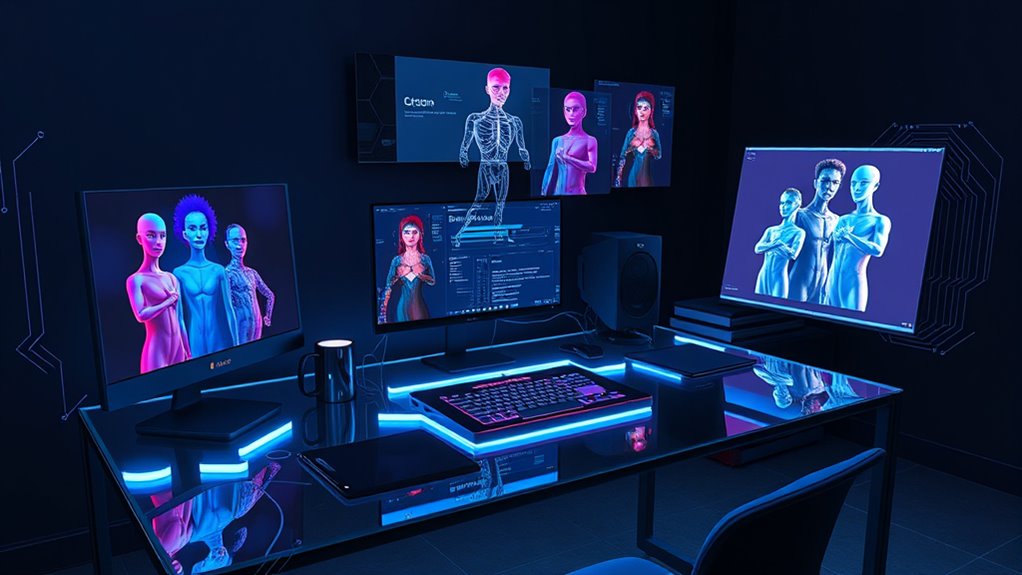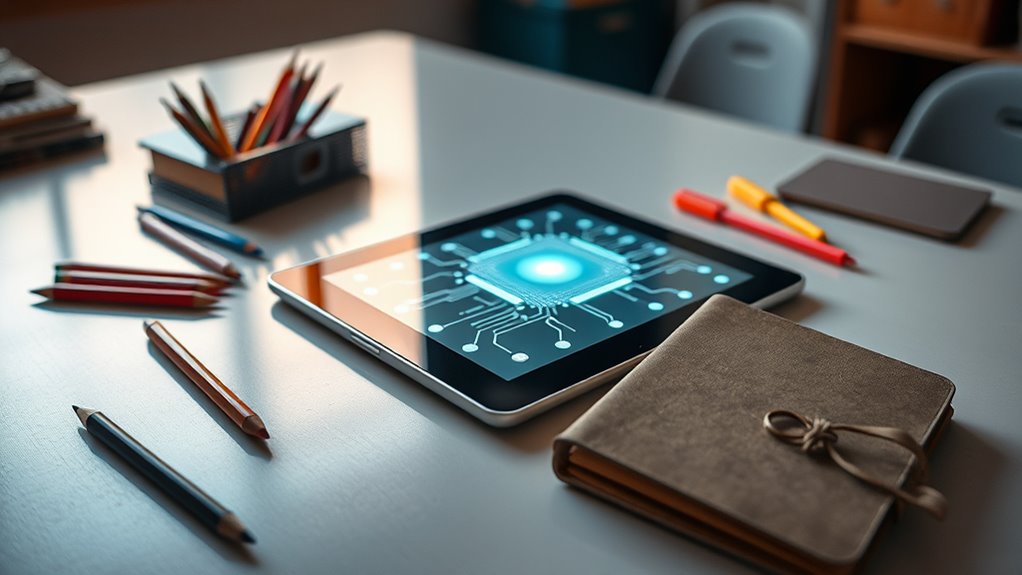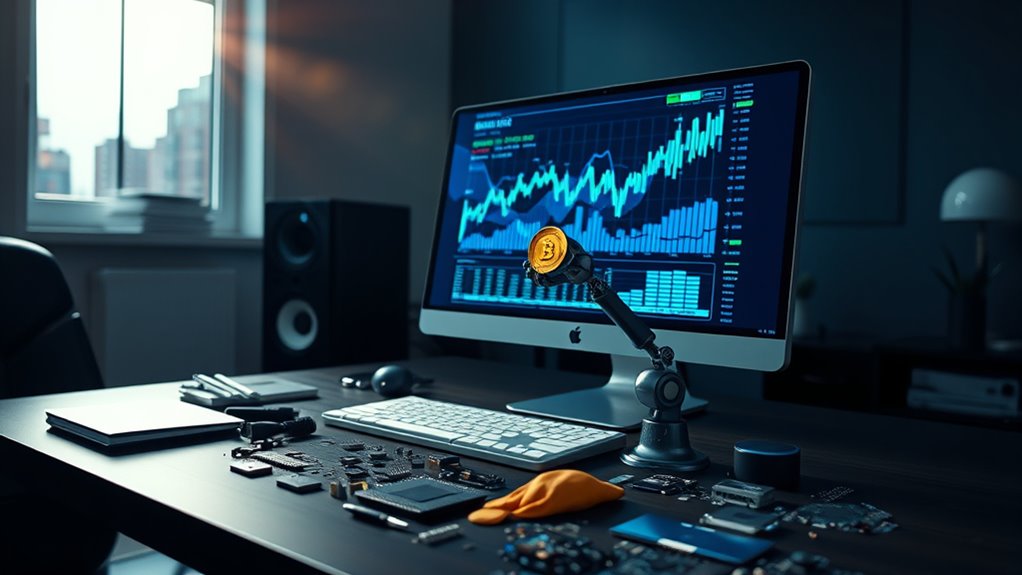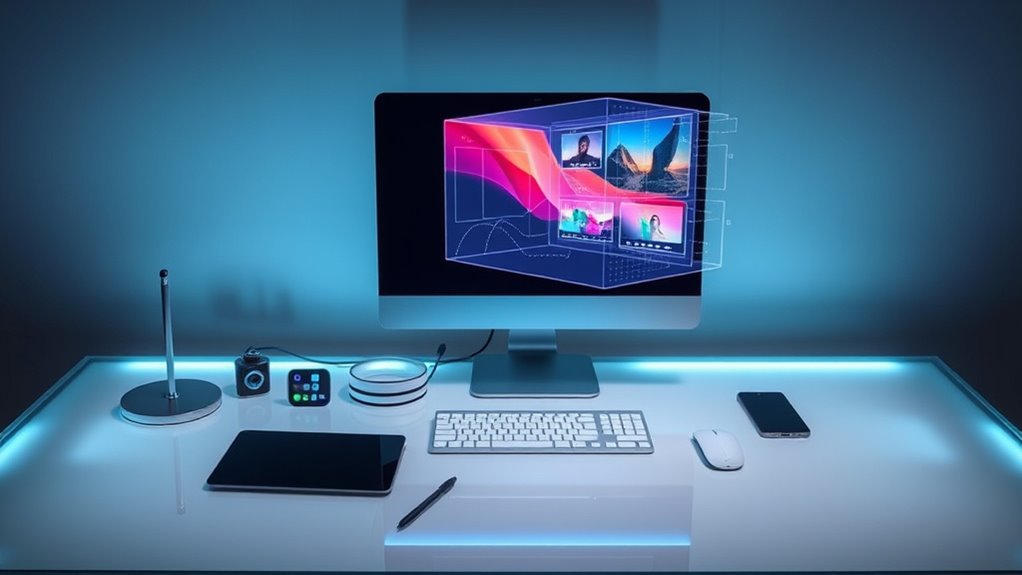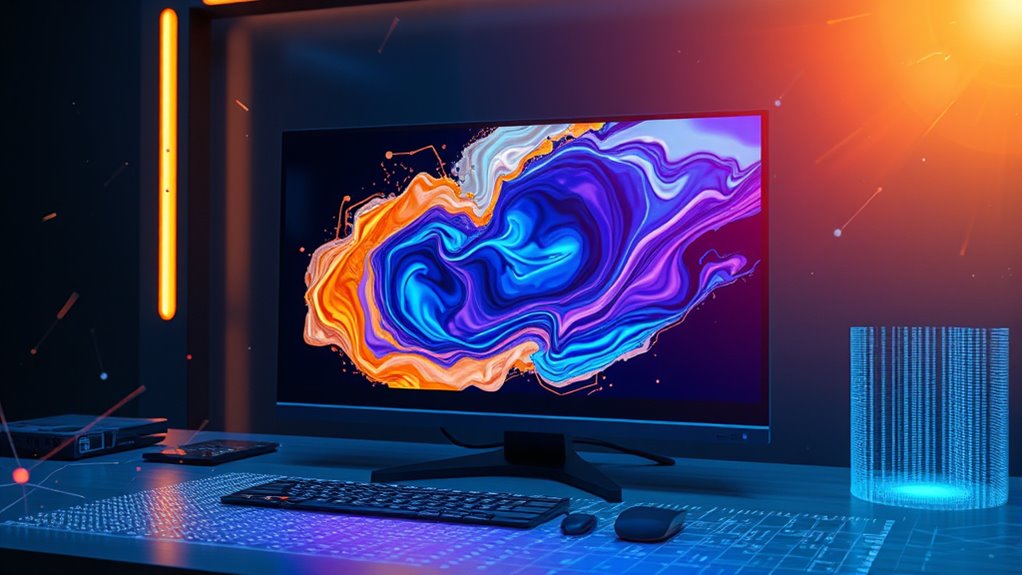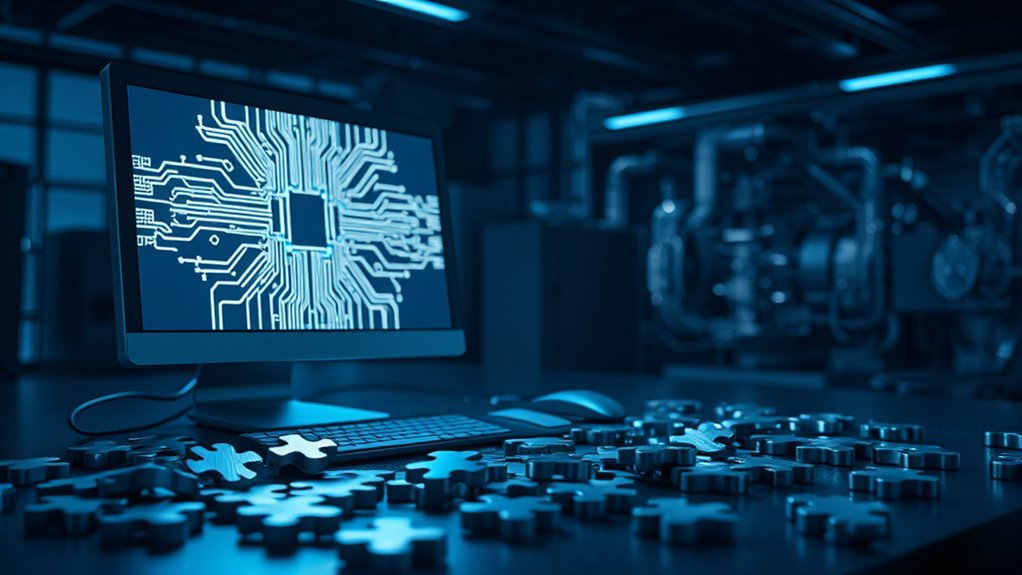While technology continues to change the world, a new trend called AI influencers is popping up on social media. These aren’t real people, but computer-made characters that act like online stars. They’re built using cool tech like CGI, motion capture, and AI to promote stuff and chat with followers. You’ll see them posting selfies, dancing, or even talking about the latest news. They’re mostly aimed at younger folks, like Gen Z and Gen Alpha, and are run by teams looking to team up with big brands.
Creating an AI influencer starts with design. They can look cartoonish or super realistic, depending on the goal. Each one gets a unique personality, voice, and backstory to make them stand out. Their appearance can be anything, from totally made-up to looking like a real person. Advanced AI and machine learning help them work smoothly, and their style stays the same across all platforms. This consistency helps brands know exactly what they’re getting. AI influencers also offer brands the ability to create customizable storytelling methods for unique marketing campaigns.
Designing AI influencers blends creativity and tech, crafting unique looks, personalities, and voices that stay consistent for brands across every platform.
There’re some big pluses to using AI influencers. Brands control every word and post, so there’s no worry about messy mistakes. They’re predictable, unlike human influencers who might say something off. Plus, they’re cheaper and easier to manage since there’s no travel or scheduling drama. They can even use data to make posts that fit specific fans perfectly. Additionally, AI influencers can engage with followers 24/7, ensuring constant availability for brand interactions.
But it’s not all perfect. Some people think AI influencers feel fake or robotic. They don’t have the real, random moments humans do, so connecting emotionally can be tough. If their content relies too much on computer rules, it might get boring. And not everyone trusts them—some fans prefer real people over digital ones, and brands could lose trust if they lean too hard on AI. Moreover, tools like AI video generators can enhance their visual content, making posts more engaging and professional.
To keep fans hooked, AI influencers use tricks like studying data for targeted posts. They mix up content with music or podcasts and follow social media trends. They also share personal stories and add fun stuff like quizzes to get people involved.
In marketing, they’re super flexible, fitting into ads or product launches with ease. AI influencers are clearly changing how brands reach out online.
